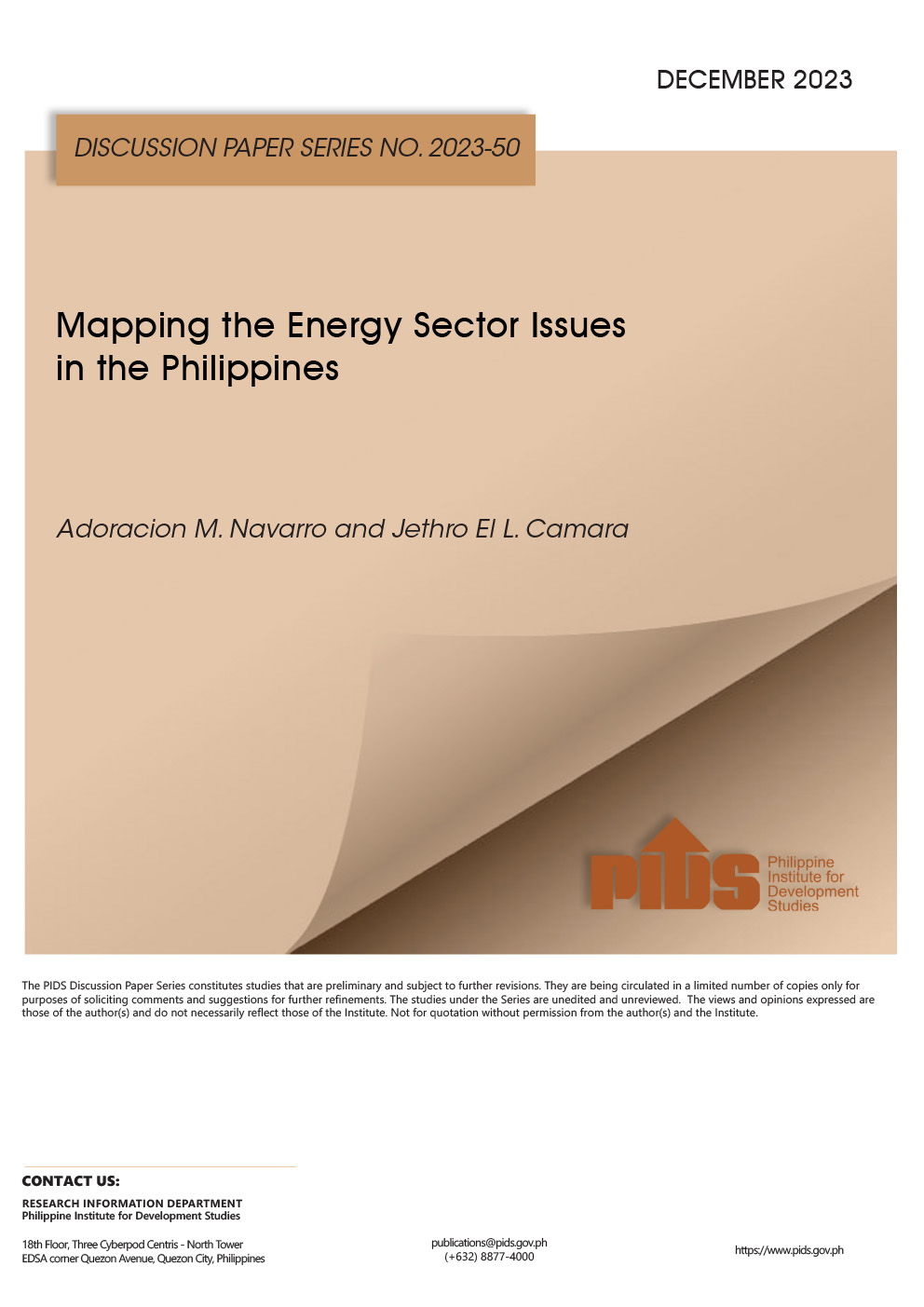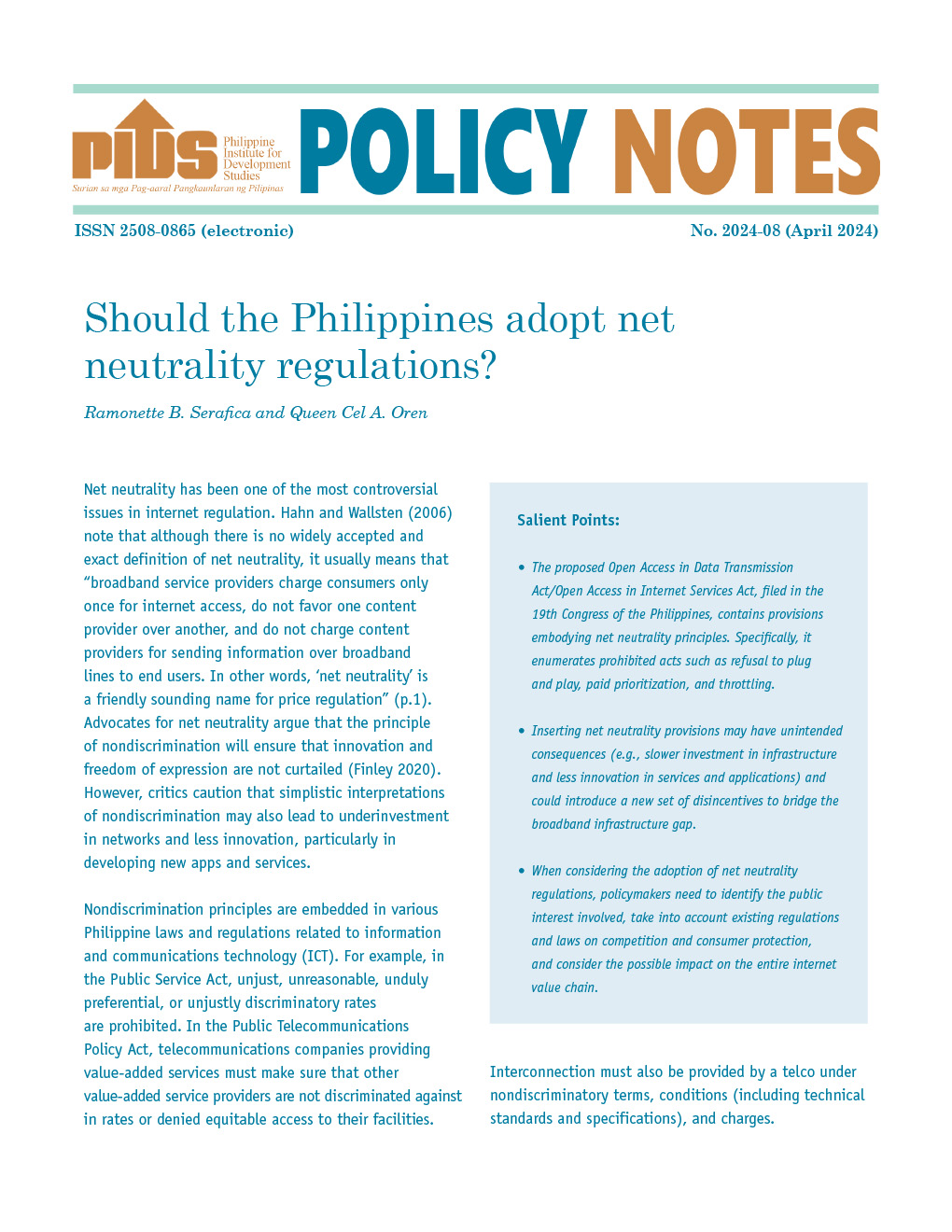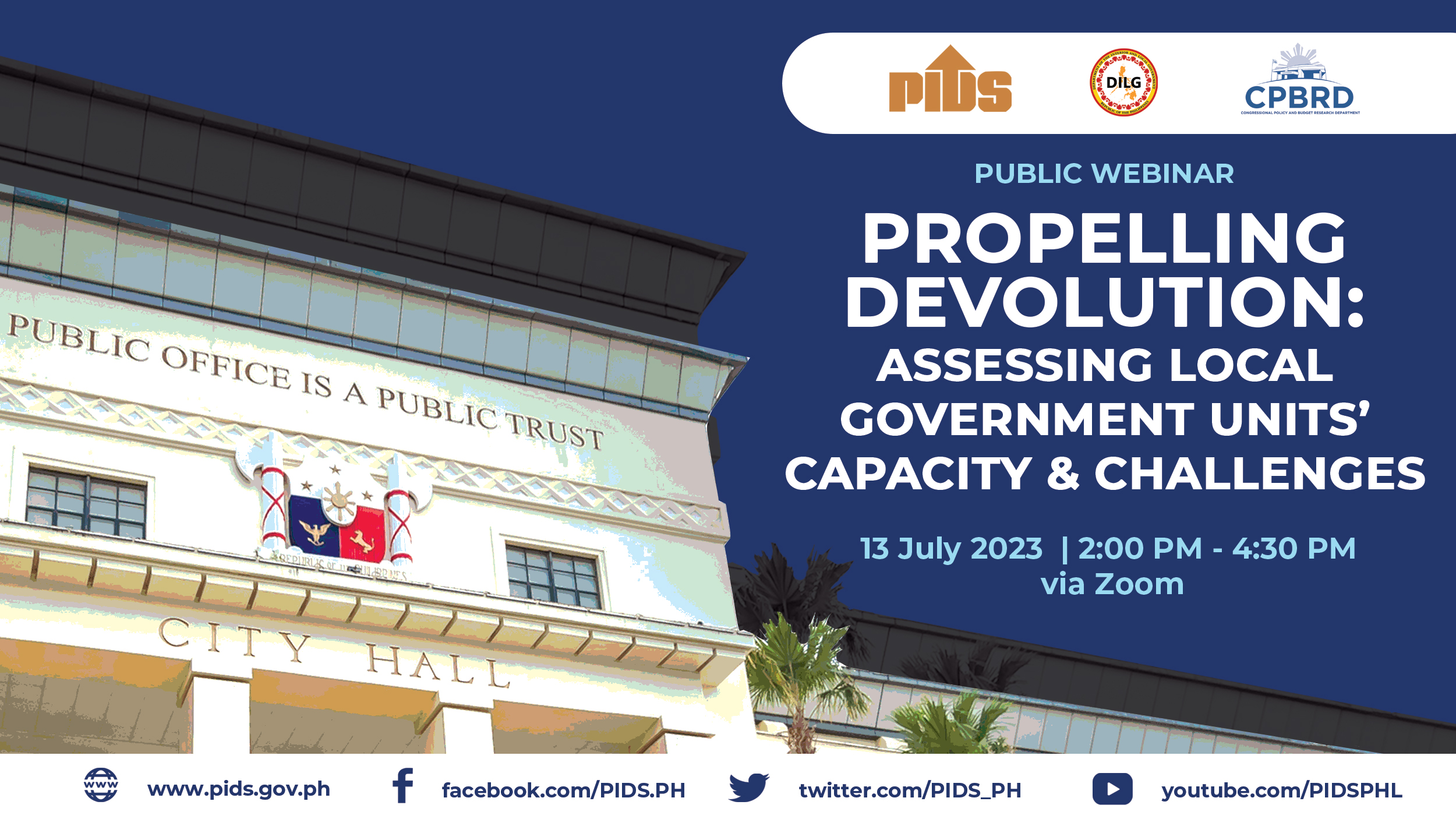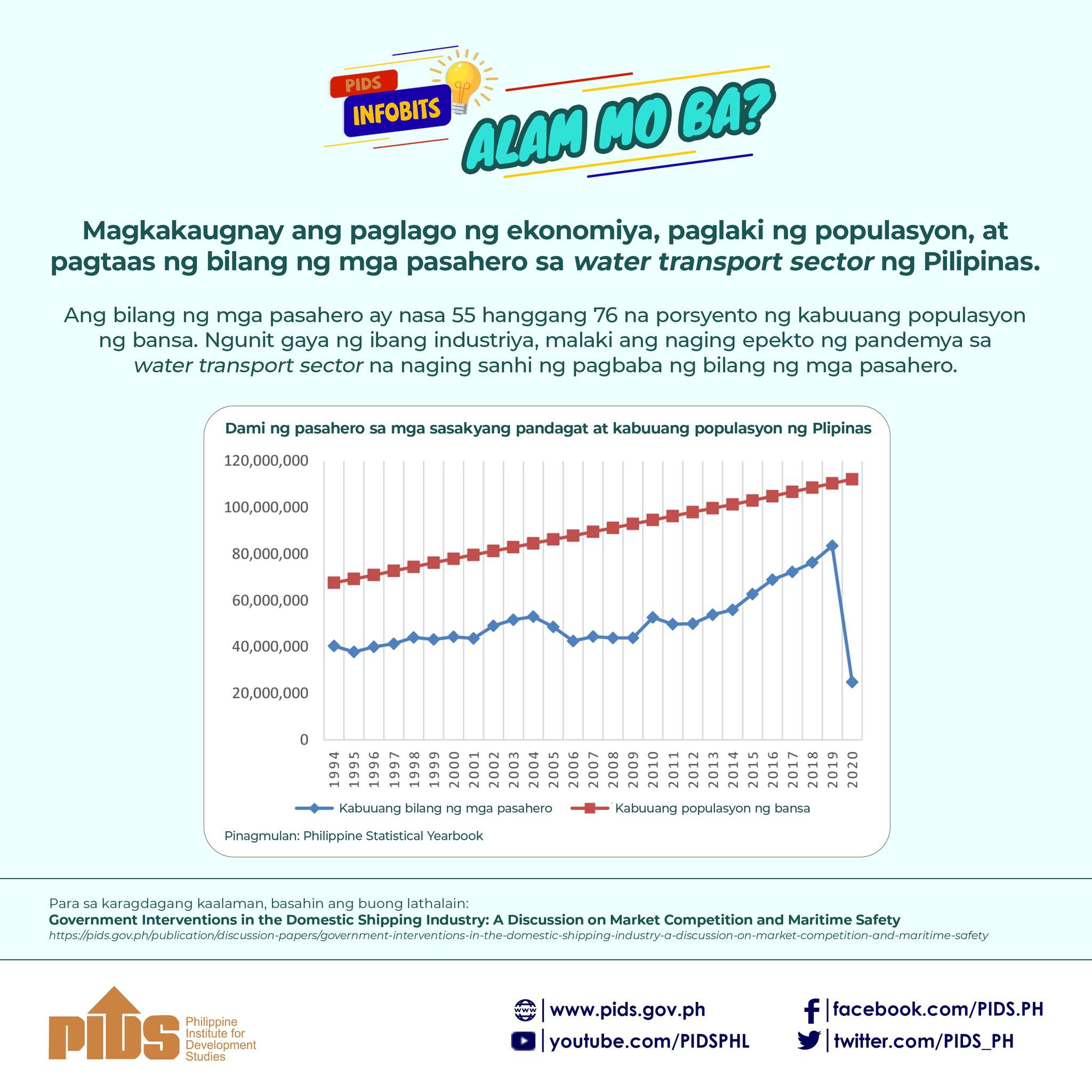Increased demand for air travel in the coming years stresses the urgent need to ramp up investments in the air transport sector, which faces challenges that impede growth, according to a discussion paper by state think-tank Philippine Institute for Development Studies (PIDS).
These issues relate to capacity, technical capability, quality and institutional environment, said the discussion paper titled “Philippine Air Transport Infrastructure: State, Issues, Government Strategies” by Kris A. Francisco and Valerie L. Lim.
The paper becomes even more relevant following the January 1 severe power outage in the country’s air navigation system, causing massive flight disruptions. From 10 am to 4pm on that day, there were no flights in or out of the Philippine airspace. The air navigation system was partially restored by late afternoon.
Aviation authorities on January 1 said it will take up to 72 hours to fully restore flight operations.
On the issue of capacity, the PIDS paper noted congestion at Ninoy Aquino International Airport (NAIA), with the country’s main gateway unable to adjust to growing demand of air travelers and aircraft.
In 2016, NAIA accommodated 39.6 million passengers, far more than its maximum capacity of 35 million passengers annually. Before this, a Japan International Cooperation Agency (JICA) study in 2011 pointed out NAIA’s capacity constraints, labelling them as a pressing issue for both the government and private sector.
Aside from passenger congestion, NAIA also suffers from runway congestion due to the layout and configuration of its runaway and taxiway. JICA noted one reason for aircraft congestion at NAIA is the concentration of flights between 7am and 4pm. To relieve the congestion, the government limited aircraft movement at NAIA to just 40 flights per hour.
Transportation Secretary Jaime Bautista had earlier said his department plans to privatize NAIA and hopes to entertain proposals by the first quarter of this year.
An issue related to congestion is that many of the provincial airports do not have night-rating facilities, forcing airlines to schedule only daytime domestic flights. Night rating allows the holder to operate an aircraft at night, exercising visual flight rules (VFR).
The Department of Transportation (DOTr) website reported that only 22 out of the 90 national airports have night-rating equipment as of 2020. Cauayan, Dipolog, Bicol (New Legazpi), Pagadian, and San Jose in Occidental Mindoro are scheduled to be fitted with night-rating equipment.
Another issue raised by the International Air Transport Association (IATA) in 2016, the PIDS paper noted, is the weak technical capability of airports in the Philippines.
Runway utilization at NAIA, for instance, is sub-optimized due to factors such as air traffic management issues; vectors and delays; lack of radar; non-standard air traffic control procedures; poor en-route communications; and safety concerns for ground operations.
Comparative statistics on the quality and capacity of airports in the Philippines indicate a huge gap compared with those in neighboring countries. In the World Economic Forum Travel and Tourism Competitiveness Report 2019, the Philippines had one of the lowest scores in air transport infrastructure among Southeast Asia countries. The score is based on indicators related to flight availability and the quality of hard infrastructure utilized for domestic and international flights.
The PIDS discussion paper also said the provision of good-quality and well-functioning air transport infrastructure is highly affected by its institutional environment. Like other sub-sectors of transport sector in the Philippines, the institutional environment for the air transport sector is in need of an overhaul.
A policy brief in 2017 by Arangkada Philippines pushed for convergence among government agencies responsible for airport development and their implementation. The study also suggested separate regulatory and developmental functions of agencies in the sector.
Furthermore, an earlier study of the World Bank in 2009 highlighted the need for an integrated system for planning, budgeting, building and operating transport infrastructure in the Philippines.
The Asian Development Bank in 2012 likewise noted the limited coordination among agencies responsible for transport infrastructure in the country, resulting in fragmented transport development and lack of seamless connectivity among different modes of transportation.
The PIDS discussion paper noted the prevailing challenges faced by the air transport sector are highly recognized in the Philippine Development Plan (PDP) 2017-2022.
Strategies for the air transport sector under the PDP include the following:
- Improving the operational efficiency of airports and addressing constraints to optimal capacity utilization.
- Implementing an optimal airports system strategy to expand airport capacities at pace with growing demand.
- Supporting the role of airports in spurring local tourism development and new growth centers.
- Strengthening and rationalizing air transport regulations, policies, and protocols and modernizing facilities to enhance air passenger experience.
The updated PDP for 2023-2028, meanwhile, aims to secure foreign capital to modernize infrastructure, fleet, and equipment and position the Philippines as a strategic hub for aviation, shipping and maritime, and logistics services.
The discussion paper also noted that the essential role played by the air transport sector in the Philippine economy qualifies it to receive special attention from policymakers.
The4 paper added that a “well-functioning and efficient air transport infrastructure is necessary to continue the air transport sector’s facilitating role in the conduct of global trade and tourism.”
“While we are on the right path in identifying priority projects related to improving the capacity and technical capability of our airports, as well as enhancing network connectivity of different airports, policymakers should also recognize the importance of time, as the current investments in air transport infrastructure may still be inadequate to respond to the projected increase in demand for air travel,” it added.
The discussion paper noted that the contribution of the air transport sector to the Philippine economy may appear small at first glance, but taking into account the indirect role of the sector in facilitating economic activities within the country enlarges this contribution to a whole host.
The air transport sector was also found to generate the highest indirect tax revenue for the government and performs well in creating jobs for the population.
Based on the projections of Oxford Economics in 2020, airline passenger traffic could reach as many as 8.2 billion in 2038. The sector is also expected to spur creation of around 143 million jobs and US$6.3 trillion equivalent in economic activities.
The Philippines should expect an almost 56% increase in the number of airline passengers within eight years. By 2027, the country’s airport infrastructure should be able to accommodate around 88.3 million annual passengers.
These projections, however, will depend greatly on changes in trade policies, immigration and political factors.












